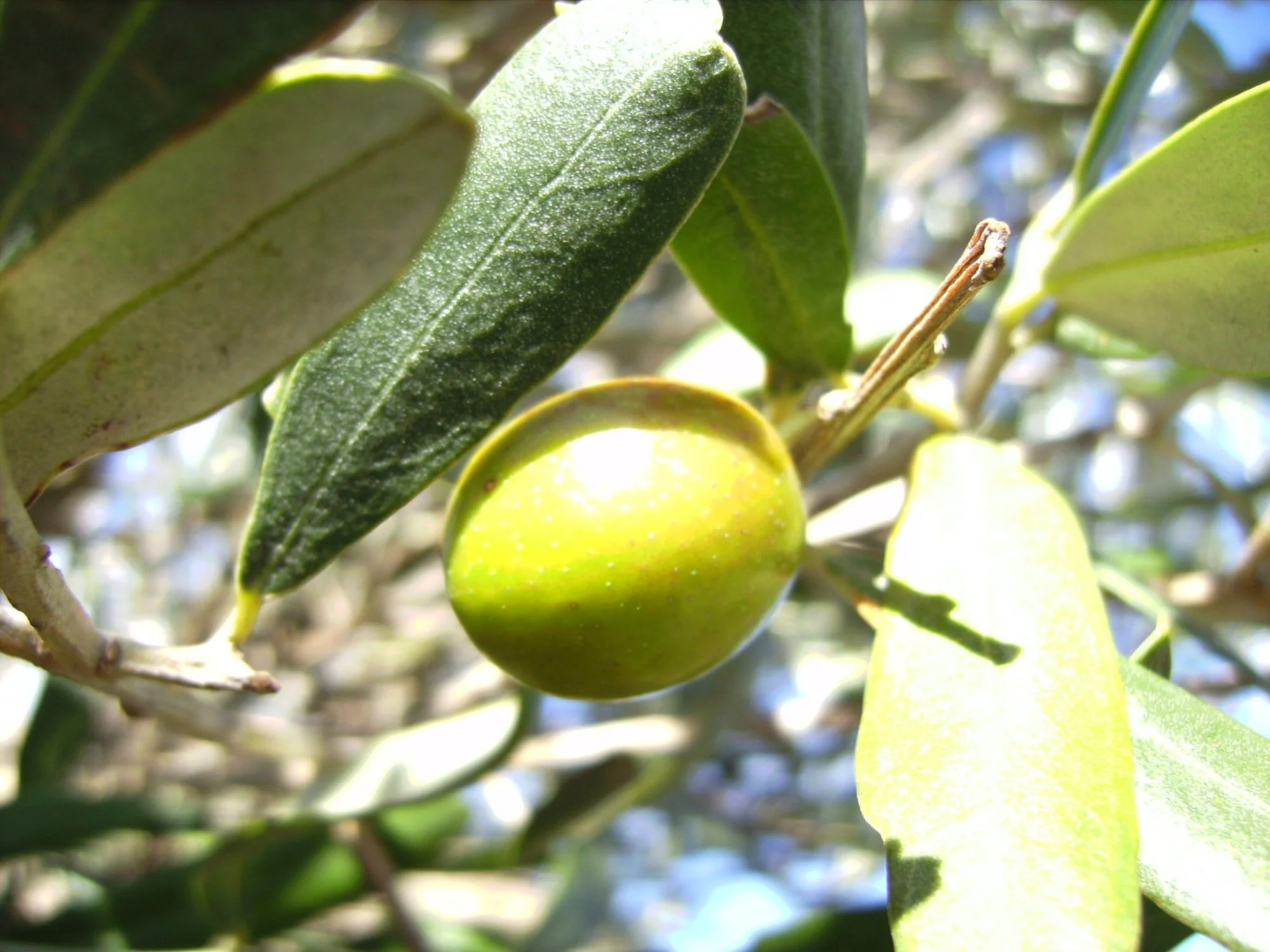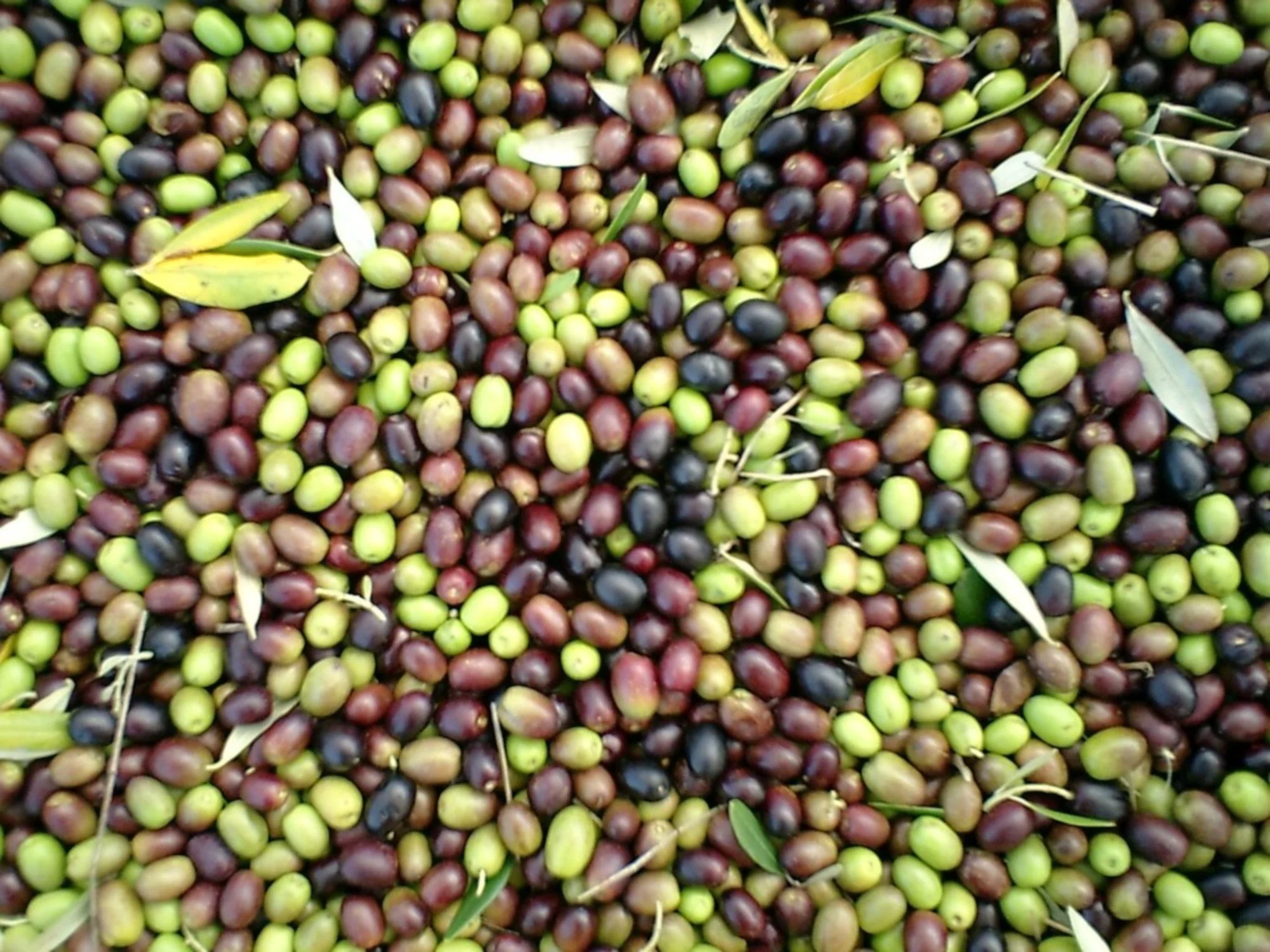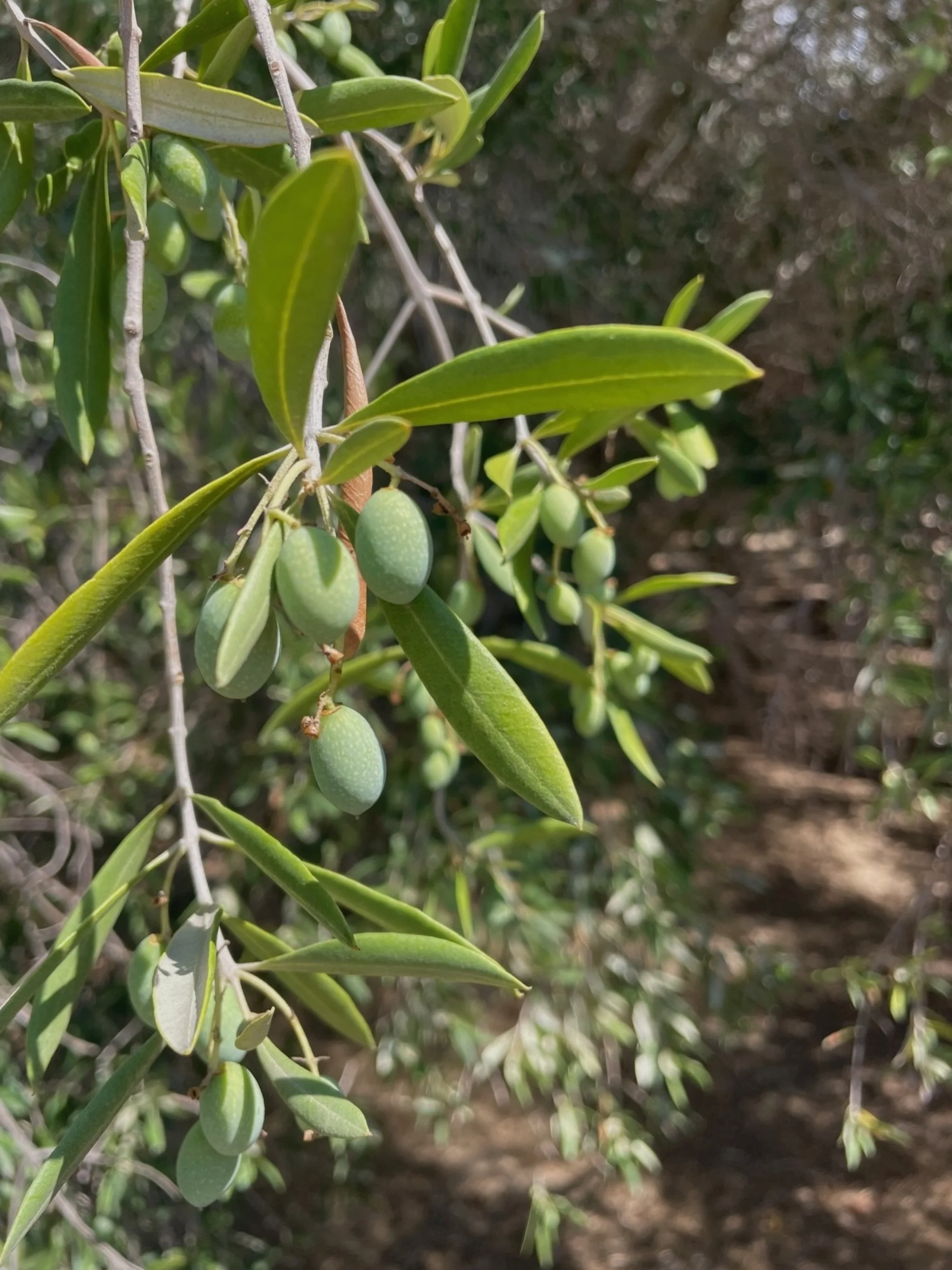5 Top Olive Oil Cultivars
Olive groves in the Mediterranean
Not all bottles of olive oil list the olives used to make them, but some do. Knowing the most common types of olives used for olive oil is another key to finding the right olive oil for every taste and every use.
The Origin of Cultivars
Humans have been cultivating the olive tree for its fruit and oil for 6,000 years. For millennia, the vast majority of olive oil production—and the exciting culture that sprang up around it—was located in the Mediterranean region. While the regions of cultivation have expanded in recent centuries, a Mediterranean climate—mild winters, hot and dry summers—is necessary for olive trees to thrive. Today, there are an estimated 2.15 billion acres of planted olive trees around the world, according to the International Olive Council, with more than 1,000 varieties grown in dozens of countries across six continents.
But some varieties rise above the rest. Much as it is the world of wine—think chardonnay, pinot noir, cabernet sauvignon—certain cultivars are more planted and beloved by growers and the public.
And because the vast majority of the olive oil that gets imported to the United States is from Spain (34%) and Italy (31%) the varieties we see most here on shelves and planted in groves, hail from those two countries.
“Spain and Italy’s outsized role in global olive oil have helped these ‘home’ varieties spread fast,” says Nader Akhnoukh, co-founder at the highly awarded Wildly Virgin in Portugal. “Spanish workhouses, like arbequina, picual and hojiblanca, and Tuscan classics like leccino and frantoio were the first many olive farms propagated and the first many importers learned to trust.”
Top Cultivars
Arbequina
Arbequina olives
“This variety is widely planted all around the world, and is touted as one of the best varieties in terms of consistent production and high yields,” says Thom Curry, who co-founded the Temecula Olive Oil Company with his wife Nancy Curry in 2001. Together, they grow around 50 varieties. “The one drawback for some people is that it has a very soft flavor, and is not as high in polyphenols as others.”
Tasting Notes: Arbequina is gentle and fruity, Akhnoukh says. “There is often an almond and banana note, it’s low in bitterness.”
Best Uses: If you buy an Arbequina as a solo variety, use it in dressings, aiolis, to cook seafood or in other preparations where you don’t want the character of the oil to assert itself.
Picual
Picual olives
“This is very widely planted, especially in Spain,” says Curry. “It’s higher yielding than really any other variety we work with, and just from a sheer volume perspective it’s a good variety to work with.”
Tasting Notes: The flavor here is bold, with green notes and plenty of pepper and bitterness, Akhnoukh says.
Best Uses: Picual is great for roasting, sautéing, grilling and drizzling on steak and other robust dishes.
Hojiblanca
Hojiblanca
“This one you will find planted alongside picual, because it serves as a great pollinator,” Curry says. “Most olive varieties are not self-pollinating, so it’s a common practice to plant two varieties next to each other. And while it’s not as high-yielding as picual, it offers excellent quality and it’s a good table olive so it serves a dual purpose.”
Tasting Notes: This is medium intensity, with notes of green almonds, and a peppery lift, Akhnoukh says.
Best Uses: Great for salads, bread-dipping, cheeses, quick sauces and vegetable preparations.
Leccino
Leccino olives photo credit Jared Gulian
“Leccino’s popularity in Tuscany has helped give it a significant place on the world stage,” says Curry. “The production level is good, it is high in polyphenols, and offers a green hue that consumers like.”
Tasting Notes: This variety offers delicate-to-medium flavors, with clean and herbal notes, Akhnoukh says. When leccino is harvested on the early side, it offers peppery notes.
Best Uses: This is a versatile oil that can be used for everyday cooking and finishing lighter dishes.
Frantoio
Frantoio
“Another Tuscan variety that makes a great oil, while helping with pollination is frantoio,” Curry says. “Even if the quantities aren’t quite as high.”
Tasting Notes: Frantoio offers a classic Tuscan profile of artichoke, green herbs, balanced bitterness and pungency, Akhnoukh says.
Best Uses: This is great drizzled on steaks, in soups, as a dressing for bitter greens and in bruschetta dishes.
Farming Cultivars
These varieties hold distinct differences in terms of flavor and growing potential. But one of their biggest selling points is how easy they are to farm on a large-scale, or with a limited crew.
“These cultivars offer farmers reliability,” says Akhnoukh. “They grow well and produce consistently. They adapt to lackluster soil conditions and variable rain, bear fruit every year unlike other varietals that are biannual, and they deliver solid yields.”
All of these varieties can also be planted at super high density and can be machine-harvested relatively quickly, Akhnoukh adds, except for hojiblanca, which generally has to be grown at lower densities because its fruit harvest is more challenging to yield.
Single Cultivar or Blend?
“I am a strong advocate of blends with olive oils,” Curry says. “I think it was a mistake when the wine industry started focusing so much on varieties. If you get a chardonnay it doesn’t tell you much. It could be cheap and bland, or expensive and complex. As with wine, I think it’s important to look at the region and the producer more than the variety.”
Blends also offer an insurance policy, he insists.
“Blends give you more versatility, more complexity and incredible depth of flavor,” Curry says. “It always elevates one when you blend it with another.”






